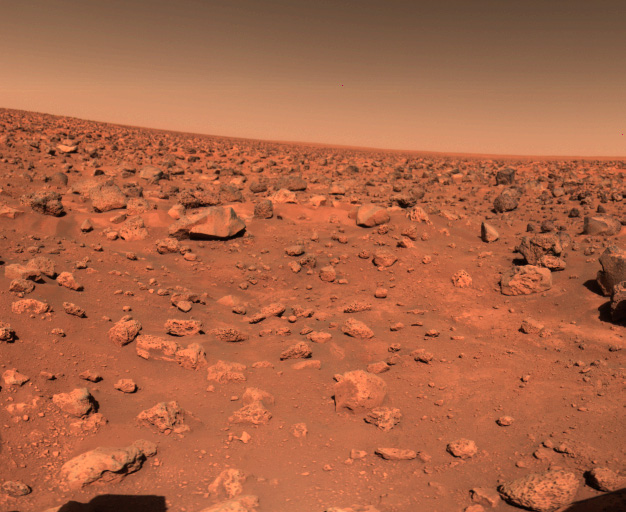Fifteen years ago today — September 7, 1995 — the Space Shuttle Endeavour launched from the Kennedy Space Center on mission STS-69.

(Close-up of STS-69 launch. NASA image.)
STS-69‘s crew — David M. Walker, Kenneth D. Cockrell, James S. Voss, James H. Newman, and Michael L. Gernhardt — deployed and retrieved two satellites, the first time that happened on the same mission.
The first satellite deployed and recovered was SPARTAN-201 number three, or 201-03, a small satellite that studied the sun’s outer atmosphere, and especially its transition into the solar wind. This was the third of four planned flights for the SPARTAN spacecraft.
The second spacecraft the STS-69 crew deployed was the Wake Shield Facility-2, a stainless steel disk which produced in its wake an “ultravacuum” environment. In that extreme vacuum, NASA grew thin films of material to study space-based production techniques and results. WSF-2 was, as its name suggests, the second flight of the WSF; it was also the first spacecraft to use its own cold gas nitrogen thruster to maneuver itself away from the Shuttle, rather than the Shuttle moving away from it.
The Endeavour crew spent 10 days in space before landing safely on runway 33 at KSC.



 by
by 



















